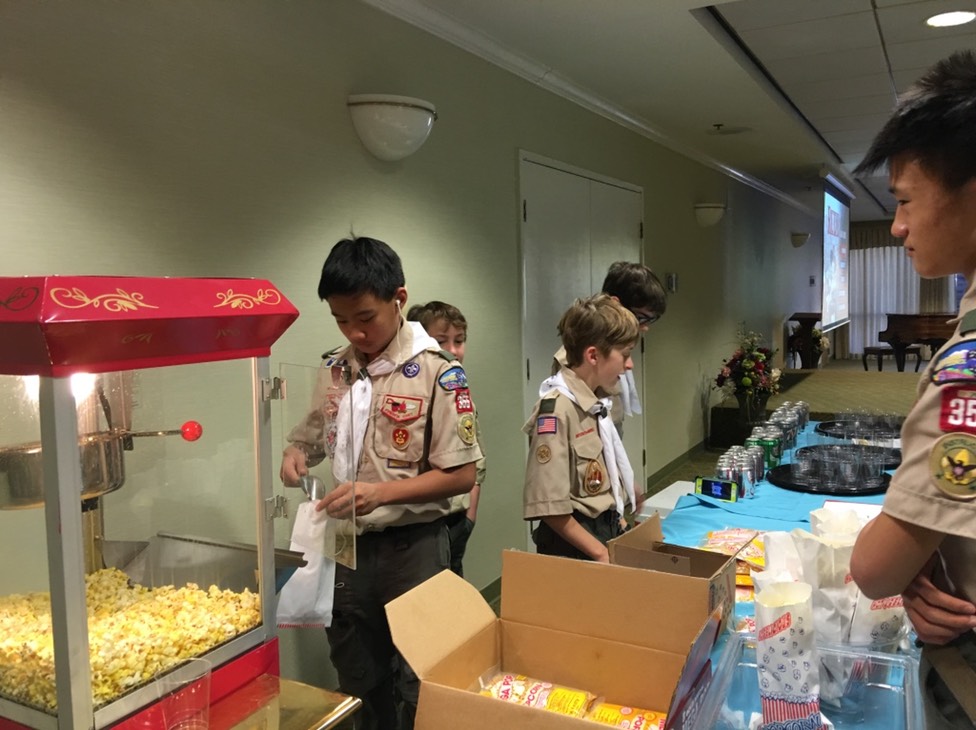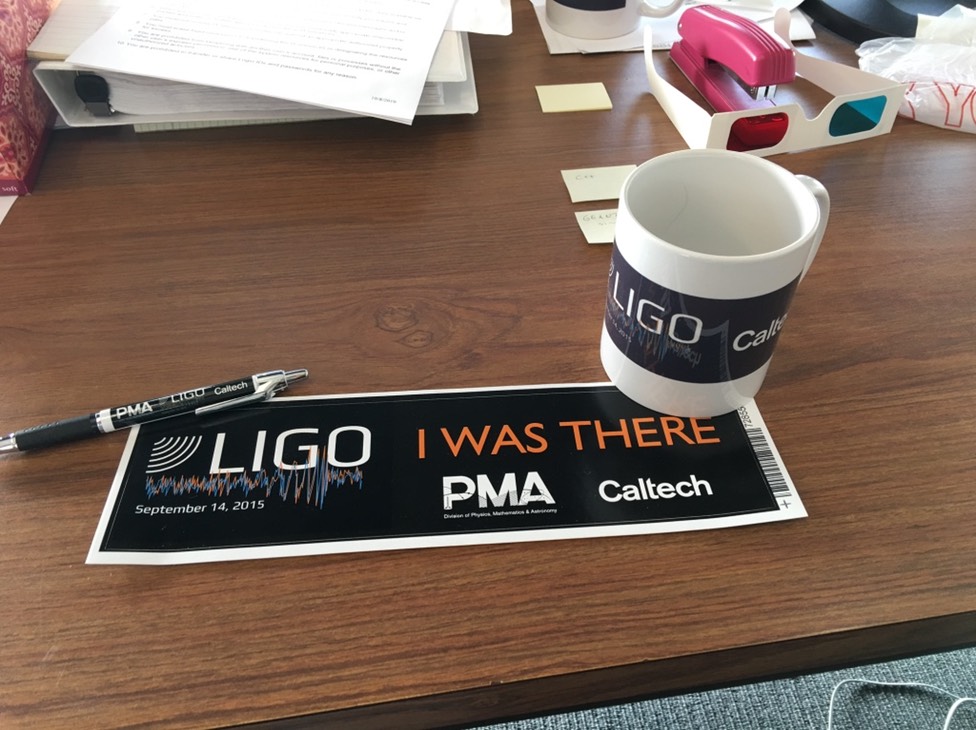Allan's Photoblog
Ad Altare Dei, Parvuli Dei



I’ve been remiss in mentioning W’s and J’s religious emblem work.
For Ad Altare Dei, W and the other Boy Scouts have to do a number of service projects. The big one is for Anointing of the Sick, which is supposed to take 10-12 hours over a month, for the sick, the elderly, or the disabled. However, the Vince F. and the Order of Malta provided two service opportunities on February 7 and February 13.
The 2/7 opportunity was to spend a few hours at the St. John of God Retirement and Care center, serving popcorn, sodas, and ice cream to the elderly before and during a showing of the movie Rudy. I noticed that the elderly really lit up when the boys served them and spoke with them.
The 2/13 opportunity was a special Mass at the Cathedral of Our Lady of Angels. The Mass was in celebration of World Day of the Sick, and the Sacrament of Anointing of the Sick was performed by the Bishop and attending priests and deacons after the homily, for those attending. In addition to the Boy Scouts in the Ad Altare Dei class, there were about a dozen or more girls from a couple of local Catholic girls schools doing service hours at the Mass as well. Three of the Boy Scouts attended the entrances and handed out programs and intentions cards before the Mass, and afterward, they handed out bottles of water from the grotto in Lourdes along with prayer cards. W. and T., being the two oldest of the five Scouts, helped people in wheelchairs before and after Mass.
The Ad Altare Dei Board of Review is March 13. Time is running out for the Scouts to finish up their work.
——
On January 20, J. completed his Parvuli Dei Webelos Religious Emblem work by presenting his workbook to Father Dan at our parish, and Father Dan reviewed his work with him for almost an hour. He then signed off on J.’s completion of the work. J. was presented with the Parvuli Dei medal on Scout Sunday at our parish on February 7, before W.’s service project.
Congratulations LIGO Team

Last Thursday, the LIGO (Laser Interferometry Gravitational-wave Observatory) team announced the first detection of gravitational radiation, in this case from the merger of two black holes about 1.3 billion light years away.
This is a huge result, rivaled recently only by the detection of the Higgs Boson. In fact, it may be bigger, since gravitational radiation was predicted farther back in the past. It’s another feather in Einstein’s cap — “Einstein was right” yet again. And I expect Kip Thorne (Caltech), Ron Drever (Caltech), and Rainer Weiss (MIT) to share the Nobel Prize in Physics.
——
I wasn’t at the press conference to hear the announcement, and the announcement itself was scheduled at the same time I was driving the boys to school. I set my iPhone to capture the live stream, and I listened to the press conference on the drive. The press conference was still ongoing when I finally arrived at Caltech, which was hosting large viewing gatherings for the press as well as the Caltech community. I picked up some of the mugs, pens, and bumper stickers afterward.
When the Mars Pathfinder landed on Mars and started roving about, I was working on my first postdoc at U. Chicago. I remember seeing all the images and wishing that somehow I had been a part of the team. Of course, I was and am a physicist, and the Mars Pathfinder project is pretty much in Planetary Astronomy.
Of course, over the years a plethora of planetary spacecraft have arrived at Mars, Jupiter, and Saturn, and more recently Pluto and Ceres. I couldn’t be on all of the teams, and besides, I have my own participation in cool space-related projects, anyway.
Then there was the Higgs Boson and, last week, LIGO. I’ve come to feel like I’m “part” of their achievements, a little, because I’m a member of the Physics community, and of the Caltech community. By being part of the community, I contribute to the overall intellectual environment that makes these projects possible, as well as partake of the stimulation as it contributes to my own work. So no, I’m not on those teams specifically, but I sure as hell share in the excitement.
——
But I was actually almost on the LIGO team.
Back when I was an undergraduate at Stanford, one of my professors was Peter Michelson. He’s since moved to Fermi (formerly GLAST) and gamma rays, but when I was there, one of the things he focused on was gravitational radiation detectors using low temperature cooled, massive aluminum bars. The sensitivity of those instruments was not expected to be sufficient to detect gravity waves even back then, and during one of his public talks, he described laser interferometry detectors that were supposed to be more sensitive. I recall him saying it was “Kip Thorney” (not mispronouncing Kip’s name but meaning Kip Thorne-like.)
When I went to grad school at Caltech, I decided I’d join the Space Radiation Lab (SRL), and I spent my first year or so on the GRIP experiment, but at the end of that year, it didn’t look like I’d find a suitable PhD thesis topic on the experiment. I started looking around, and during the first quarter of my second year, I was taking a class — experimental methods, I think — with Ron Drever. I had also spent my first year taking an Applications of Classical Physics class taught by Kip Thorne and Roger Blandford. So, I had heard about LIGO and Ron Drever’s and Kip Thorne’s part in it, and I decided to give them a look.
I called up someone on LIGO — maybe it was Ron Drever or Kip Thorne, maybe it was a postdoc or some staff member — and arranged a visit to the 40 meter prototype, mini-LIGO detector on campus. I knew how the thing worked, or at least how it was supposed to work in general, so I wanted to see the instrument in person and see some of the nuts and bolts. I was shown, for example, how some of the vibration damping of the mirror mount assemblies was done with soft rubber erasers in the shape of racecars that they had purchased somewhere.
However, shortly after I started talking with the LIGO people, Dick Mewaldt and Steve Schindler talked to me about IMAX at SRL. They laid out a timeline for IMAX that would see me through a PhD thesis in a reasonable amount of time, just a few years. I couldn’t immediately foresee a thesis topic on the prototype LIGO, and the LIGO observatories (4 km observatories in Louisiana and Washington) were not even going to be built for many years. In fact, I was looking at starting on IMAX in 1990-1991, while Advanced LIGO announced its first detection was in September 2015. So I went with IMAX, got my PhD, and continued working in cosmic rays.
But at least I can say I really was almost on the LIGO team.